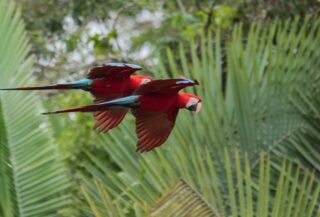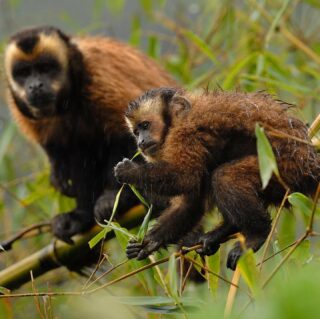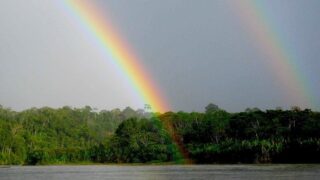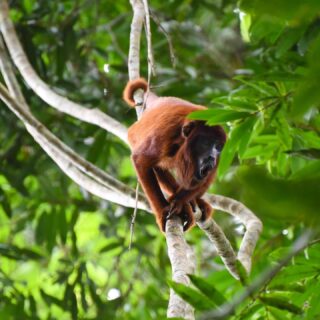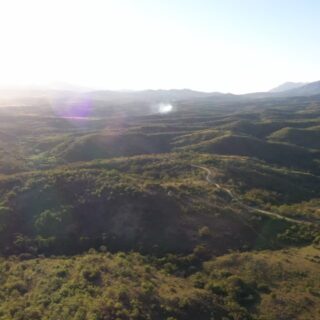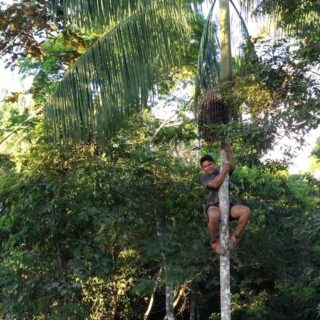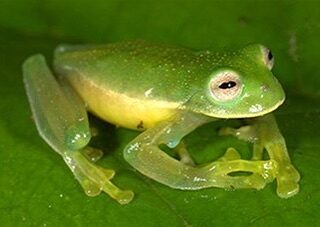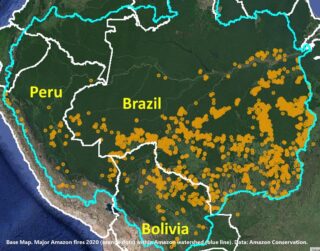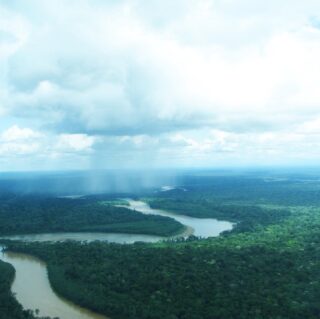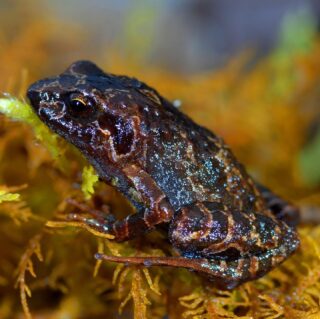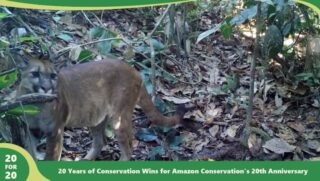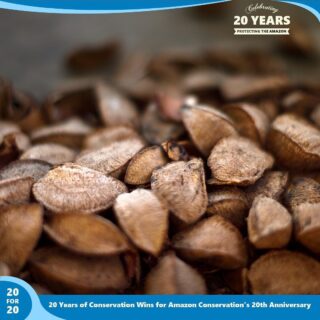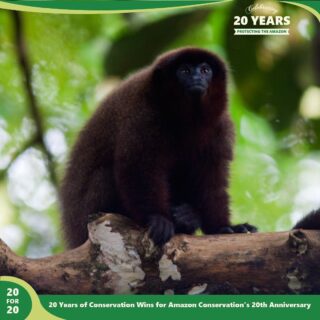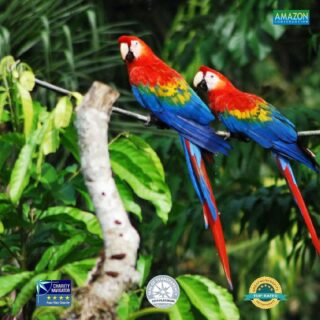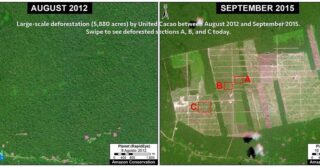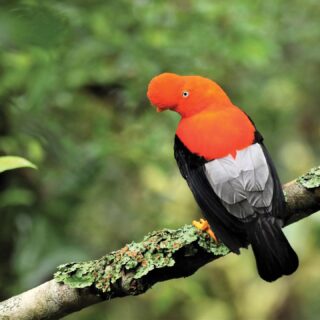As a reader of our newsletter, we assume you care about the Amazon region, the conservation work we do there, and/or have already visited our lodges. If so, we could really use your help!
Author: dcadmin
MAAP #59: Power Of “Small Satellites” From Planet
The company Planet is pioneering the use of high-resolution “small satellites” (Image 59a). They are a fraction of the size and cost of traditional satellites, making it possible to produce and launch many as a large fleet. Indeed, Planet now operates 149 small satellites, known as Doves, the largest fleet in history. The Doves capture color imagery at 3-5 meter resolution, and will line up (like a string of pearls) to cover everywhere on Earth’s land area every day.
Over the past year, MAAP* has demonstrated the power of Planet imagery to monitor deforestation and degradation in near real-time in the Amazon. A consistent flow of new, high-resolution imagery is needed for this type of work, making Planet’s fleet model ideal. Below, we provide a recap of key MAAP findings based on Planet imagery, for a diverse set of cases including gold mining, agriculture deforestation, logging roads, wildfire, blowdowns, landslides, and floods.**
*MAAP has been fortunate to have access to Planet imagery via the Ambassador program.
**Note: In the images below, the red dot (•) indicates the same location across time between panels.
Station Profile: Wayqecha Cloud Forest Birding Lodge
Just 3.5 hours northeast of Cusco—via a spectacular drive through the snow-capped Andes—Wayqecha Cloud Forest Biological Station and Birding Lodge is one of the world’s best sites to explore the lush cloud forest ecosystem bordering Manu National Park. Situated where the eastern slopes of the Andes meet the Amazon lowlands, the cloud forest absorbs moisture from passing clouds and is often blanketed in mist and fog. The constant supply of moisture allows […]
MAAP #58: Link Between Peru’s Flooding and Warm Coastal Waters
In previous articles MAAP #56 and MAAP #57, we presented a series of striking satellite images of the recent deadly floods in northern Peru. Satellites provide additional types of data critical to better understanding events such as extreme flooding. Here, we present two more types of satellite data related to the flooding: ocean water temperature and precipitation.
MAAP: Hydrocarbon-Related Deforestation in The Peruvian Amazon
MAAP #57: High Resolution Satellite Images of The Flooding In Peru
In the previous MAAP #56, we showed a series of satellite images of the deadly floods that recently hit northern Peru.
In this report, we show a series of new, very high resolution satellite images (50 cm) of the flooding. They show, in striking detail, some of the local impacts, including to croplands and the Pan-American Highway.
Image 57 shows the 13 rivers that recently overflowed in northern Peru.
Below, we show images of the flooding around four of the rivers, labelled A-D.
MAAP #56: Major Flooding in Northern Peru From Coastal El Niño
Intense rainfall is causing severe and deadly flooding along the northern coast of Peru.
The cause is likely “coastal El Niño,” a phenomenon produced by abnormal ocean warming along the equatorial coast of the Pacific Ocean.
Image 56a shows a preliminary estimate of the flooded areas along the northern coast (in red). We created this estimation via an analysis of radar images (Sentinel-1) that identified areas saturated with water.
Below, we show satellite images of the areas indicated by Insets A-D, which represent examples of flooding events.
Note that the red points indicate the same spots between panels.
MAAP #55: New 2017 “Hurricane Winds” in Peruvian Amazon
In the previous MAAP #54, we described the phenomenon of natural forest loss due to “hurricane winds,” showing several examples from 2016 in the Peruvian Amazon. Strong winds from these localized storms can knock down hundreds of acres of forest at a time.
In January 2017, GLAD tree loss alerts indicated two new hurricane wind events in the southern Peruvian Amazon (Madre de Dios region). Below, we show high-resolution images of these cases. The first is a large hurricane wind event that knocked down 780 acres (Image 55a). The second is an event of 185 acres that took place within a forestry concession (Image 55b).
Biggest Year world record holder Arjan Dwarshuis raves about birding in Peru with Amazon Conservation
Last year Arjan Dwarshuis set a new world record for the highest number of birds observed in a single calendar year: an astonishing 6,841 bird species observed in 40 different countries (about 65% of the world’s species!). Of all those countries, Arjan named Peru as the number one destination for birding. “Hands down,” he says about his choice “…we saw 1,001 species in 24 days – a record within a record! 577 were new for the Biggest Year. It’s also the landscape, culture, people.”
Discovering Villa Carmen’s bamboo specialists
I discovered my passion for birds years ago while researching macaws in the Peruvian rainforest in Tambopata, one of the most biodiverse spots on the planet with a wide variety of habitats and around 550 bird species. Among the variety of habitats found there, the most amazing to me was the bamboo forest, one of the largest bamboo patches of the entire Tambopata area, and also a favorite of the late Ted Parker. Specialists like the Rufous-headed Woodpecker, Manu Antbird, Goeldi’s Antbird, and the Red-billed Scythebill could be seen in a day’s hike. I had not seen such a diverse array of bamboo specialists since, until I visited Villa Carmen birding lodge last year while guiding for Field Guides.


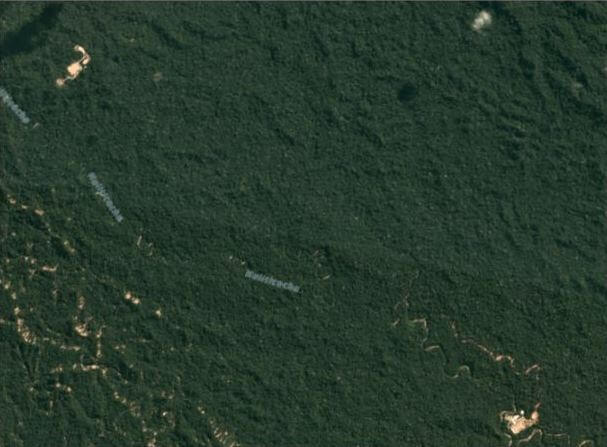
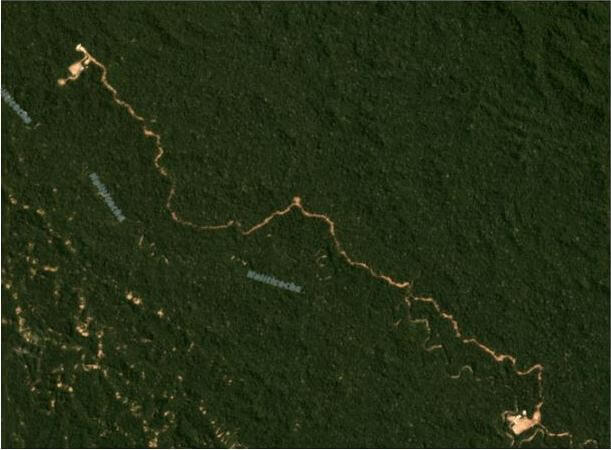
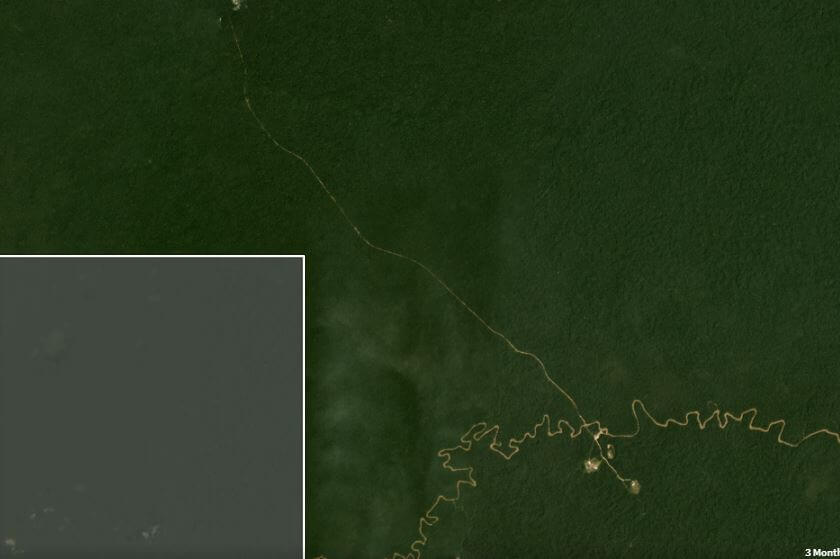
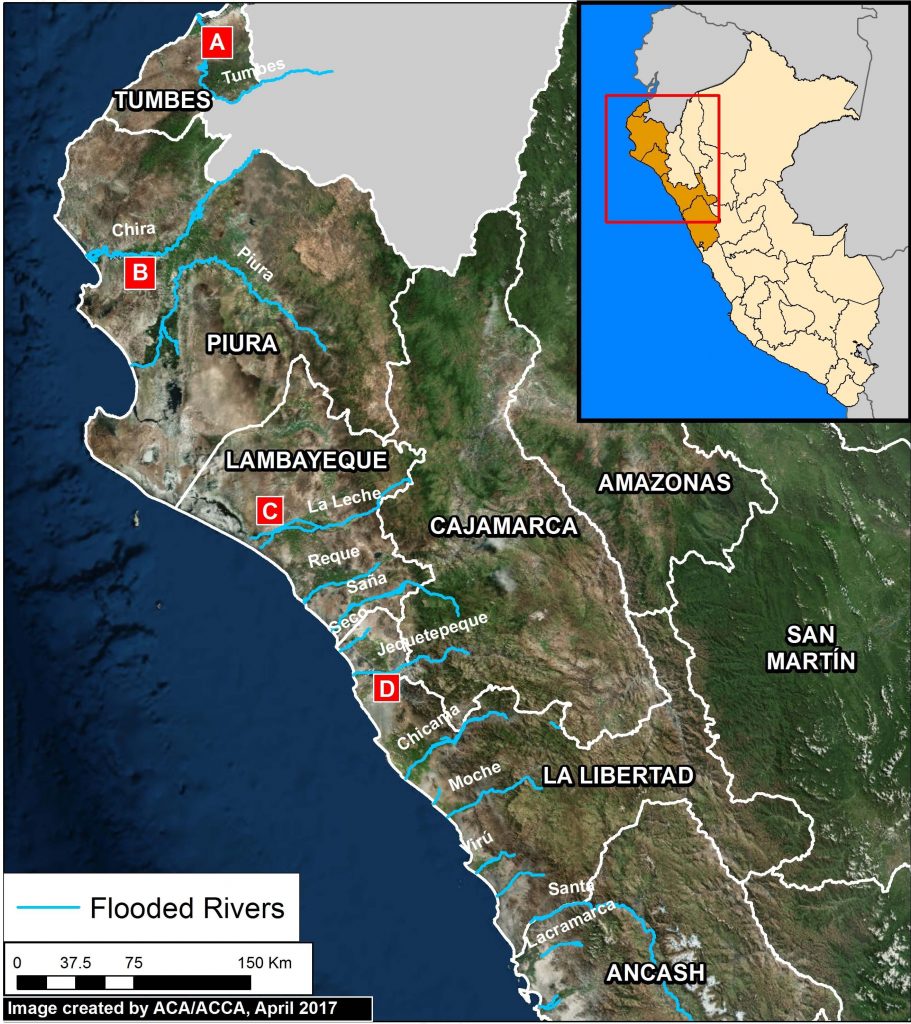

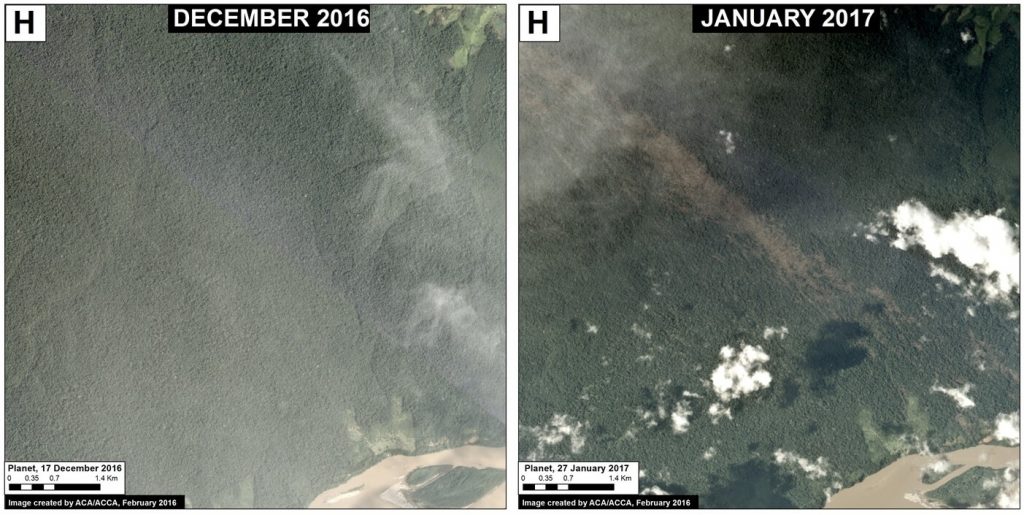
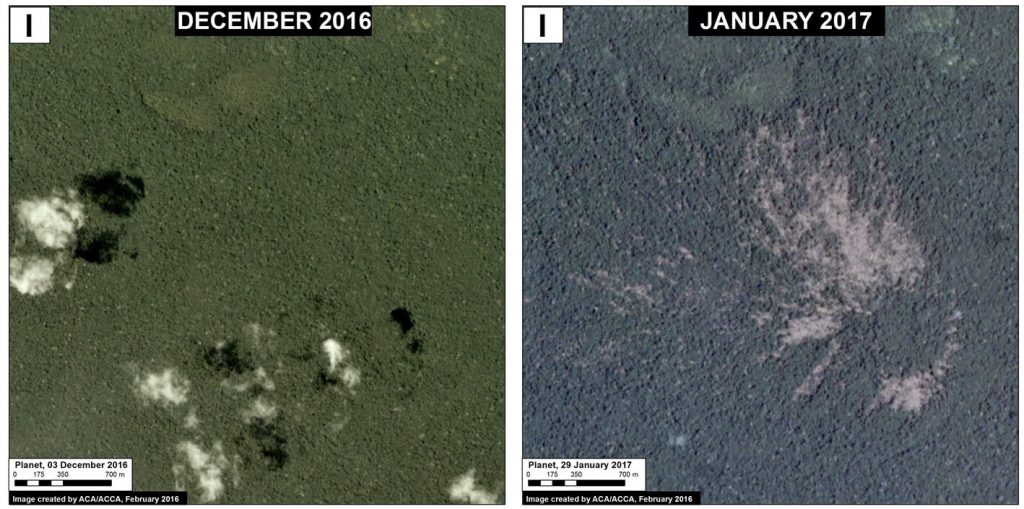
